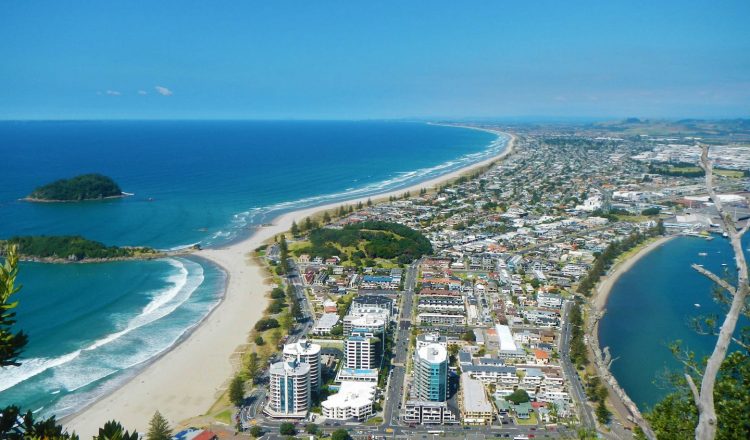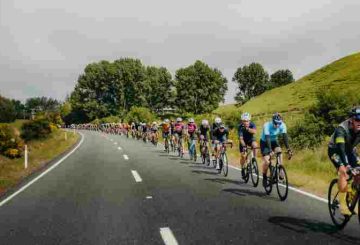House prices have increased 19.8 percent year-on-year with the median now at $725,000.
The Real Estate Institute’s (REINZ) House Price Index, which measures the changing value of property in the market also hit a new high, gaining 13.5 percent to 3248.
Auckland’s median house price hit the $1 million mark for the first time, up from $860,000 in October 2019.
REINZ chief executive Bindi Norwell said October 2020 would go down in “housing history”.
“As being the point in time when Auckland region’s median house price hit the million-dollar mark… something no one anticipated or expected just six months after the entire country came out of lockdown.”
“While this is a significant milestone, it raises serious questions around future affordability for Auckland residents wanting to get a foot on the property ladder. It also highlights just how important it is that legislation, such as the RMA [Resource Management Act], is re-addressed quickly by the current government so it is fit for purpose to help support more houses being built at speed and at scale.”
In addition to Auckland nine other regions saw record median prices for October.
They were Gisborne, Marlborough, Otago, Wellington, Manawatu/Whanganui, Northland, Bay of Plenty, Waikato and Canterbury.
Norwell said the re-introduction of loan-to-value (LVR) restrictions as signalled yesterday by the Reserve Bank would be highly likely.
“Given the price rises we’ve seen over the past few months, we wouldn’t be surprised if the Reserve Bank goes ahead with its proposal to reinstate LVRs before the 12-month period is up – particularly for investors.”
As well as record prices, the amount of properties sold during October skyrocketed to the largest amount since May 2016 and the largest amount for an October month since 2006.
“New Zealand’s housing market is extremely buoyant at the moment, with more than 8800 properties sold around the country – that’s more than 283 properties sold every day in October.
“This is just not what anyone expected to happen and shows just how much people’s concern around future price rises is adding to their determination to buy now before prices potentially rise even further.”
Inventory levels remained well down year-on-year but did rise month-on-month for the first time in five months.
“There is some relief in sight as inventory levels have lifted 3.2 percent since last month.”
Source: RNZ News – www.rnz.co.nz






























































